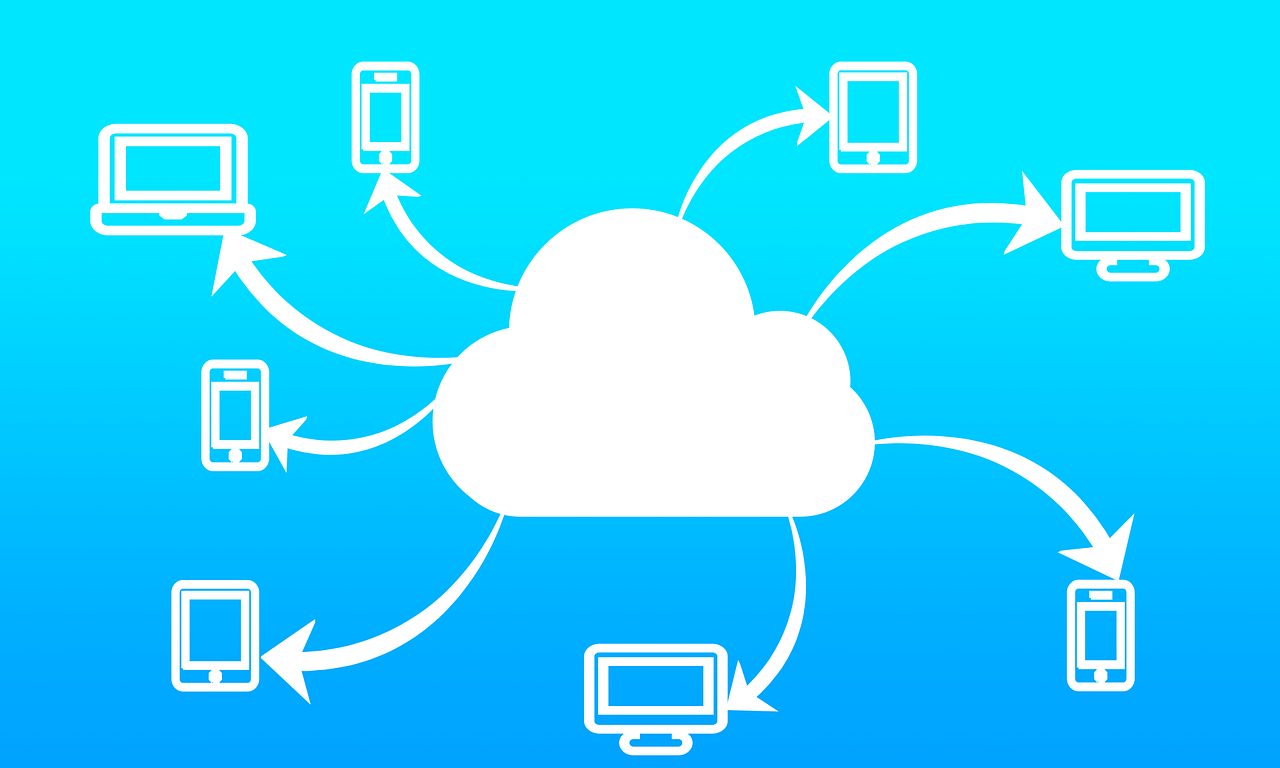An Extreme Networks survey in 2020 found that 98% of healthcare organisations are already hosting at least one solution through cloud-based systems

The cloud can help hospitals co-ordinate their IT systems, medical equipment and workflow via a single network
Deploying cloud-based systems can allow businesses to integrate all of their technologies and practices in an efficient, streamlined way — but the importance of having the relevant infrastructure in place can’t be underestimated. Dahwood Ahmed, regional manager for UK and Ireland at California-based networking firm Extreme Networks, assesses why this is particularly critical in the healthcare sector.
Modern healthcare is reliant on its tech infrastructure.
From managing hospital resources, to keeping track of patient data, to governing internal communications, modern healthcare organisations need robust internal networks to ensure efficiency and the best possible patient outcomes.
Yet many are still reliant on legacy systems that are becoming progressively strained as the complexity of healthcare increases.
Advancements in the field have led to today’s healthcare organisations needing to manage a greater number of connected devices, larger quantities of data and secure data exchanges across sites.
This issue has been highlighted by the Covid-19 pandemic, which has amplified many of these existing problems and demonstrated the need for reviewing healthcare’s tech infrastructure.
Within the UK National Health Service (NHS) in particular, the pandemic has exacerbated the organisation’s need for improved connectivity within its hospitals, social care homes and even in patients’ homes.
With cloud networking being proposed by many as the next step, it is worth discussing how viable the cloud is for these burdened healthcare organisations.
So, what are the problems that cloud infrastructure needs to address?
Today’s healthcare organisations are constricted by rising operational costs and budget constraints, and require technologies that deliver value in the long term.
The cloud is an appealing proposition as — compared to existing infrastructure — it needs little maintenance and offers considerable return on investment by minimising these associated costs.
With less budget available, investments which can both reduce cost and improve quality of service are appealing.
At the same time, these solutions need to provide new capabilities such as interoperability between different medical functions.
To ensure the best possible quality of care and reduce wait times, seamless sharing of patient information between these myriad functions is essential.
Whether it’s a nurse in A&E (accident and emergency), a healthcare specialist or a pharmacist, cloud infrastructure makes patient information accessible from anywhere in the network, wherever it is needed.

Are cloud-based systems becoming commonplace?
Given these benefits, a lot of healthcare organisations have already recognised the benefits of the cloud.
In fact, according to Extreme Networks’ 2020 cloud survey, 98% of healthcare organisations are already hosting at least one solution in the cloud.
Yet this is often confined to just one area of operation: email platforms, workforce management and scheduling software, electronic medical records (EMR), patient entertainment systems, or medical devices.
If today’s healthcare organisations are to truly modernise their internal networks, more extensive and complementary cloud integrations are needed.
As more of an organisation’s functions are migrated to the cloud, disparate business functions can work together more cohesively and overall management is simplified.
With only 14% of organisations today using cloud management solutions, there are great efficiencies to be realised through more widespread adoption.
The Covid-19 pandemic has highlighted the need for these simplified data exchanges between organisations, which are made possible through the cloud.
Benefits of adopting the cloud in healthcare
The pandemic has also shown the importance of remote care and telemedicine, both now and in a post-Covid world.
To manage the distribution of services and information to remote locations, solutions that simplify network management and scalability are invaluable.
With the cloud offering a centralised management hub that eliminates the need for multiple interfaces, this need can be met.
All of an organisation’s network can be viewed and modified through a single pane, that both reduces cost and effort from IT teams.
If there is a sudden surge in network requirements, more resources can be made available to ensure reliable performance.
By the same token, if there is an excess of resources, the network can easily be scaled down to reduce costs.
This kind of cost-efficiency, flexibility and scalability will form a strong backbone for organisations unsure of what challenges they will face in the future.

Likewise, new challenges faced by the network are more navigable thanks to the comprehensive visibility provided by the cloud, and insights powered by AI or machine learning.
Whether it lies in detecting potential threats to security or providing new data outputs, the cloud can host intelligent analytics that provide businesses with data-driven operational insights and recommendations.
These insights support human intelligence and allow management decisions to be made with the greatest confidence possible.
These decisions may be about whether or not there are enough available resources and if they are being allocated efficiently, or to do with user habits, such as where the network sees the most traffic, with recommendations on how to minimise network congestion.
While these new networks are far simpler to operate than their predecessors, they also offer far greater optimisation through such insights.
A ‘new normal’ for the industry?
Looking at the situation in the UK, the NHS is the biggest employer in Europe, and the world’s largest employer of highly skilled professionals.
But even this organisation has felt the strain in various ways. To counter this issue, it is vital that the NHS — like many healthcare organisations — is afforded more funding.
This investment should not only be used to expand the NHS workforce and recruit the next generation of medical professionals, but also used towards technological solutions that help alleviate the pressures felt by current and future workers.
With the current pandemic highlighting the need for healthcare decision-makers to modernise their infrastructure, now is a better time than any to look to the cloud.
The pressures currently being experienced are not new to healthcare and are sure to persist even once the industry moves onto the ‘new normal’ following the crisis.
By creating a strong networking backbone for these healthcare organisations today, they will be able to withstand whatever challenges may arise in the future.
